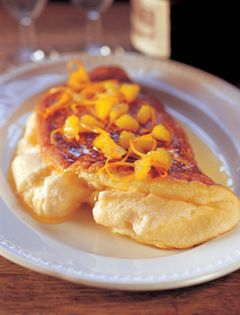Advertisement

Preparation info
- Serves
2 or 3
- Difficulty
Medium
Appears in
By Stephen Bull
Published 2001
Paperback cookery books aren’t really designed to last twenty years or more if they have any sort of usage, but my copy of
Advertisement

2 or 3
Medium
By Stephen Bull
Published 2001
Paperback cookery books aren’t really designed to last twenty years or more if they have any sort of usage, but my copy of
